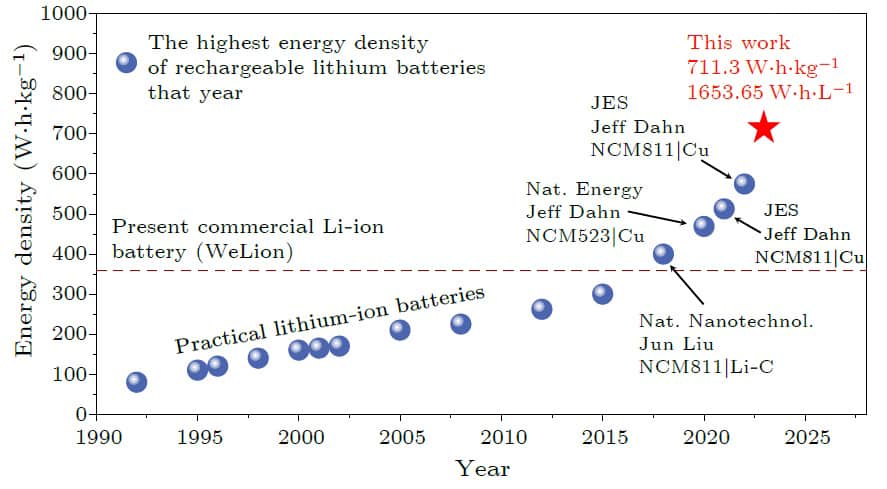Alexander Gietelink Oldenziel
Posts 1
Comments2
Thank you for this post. I really liked the large amount of examples of technological delay or restraint, many of which I was unaware.
The post presents these cases as examples of delay or restraint, but I would have liked to see a more in-depth discussion on whether or not individual examples were truly delayed or not deployed because of 'contingent/pathdependent' historical, cultural, sociological factors or because of technological & economic & military-strategic reasons.
Just to pick out one particularly suspicious example: were electric cars really muscled out by combustion engines because combustion engines were perceived as more 'masculine'... or because battery power did not keep up with the power of the internal combustion engine until very recently with new developments in lithium-ion batteries? (see random graph I found below).
I have not looked at this deeply but my prior would be that the former is deeply deeply implausible. At the very least, this is a very nonobvious and contentiable statement that needs argument.


Taking the above graph on faith, just from 1990-2020 average energy density of batteries has gone up ~5x. That is an absolutely enormous change.
Can you similarly quantify your proposed story 'lack of need for manual cranking & shorter journers -> more feminine -> less cars sold'? Seems we should reject this on priors as too conjunctive and far too weak of an effect.